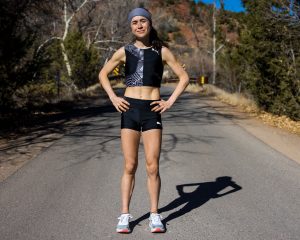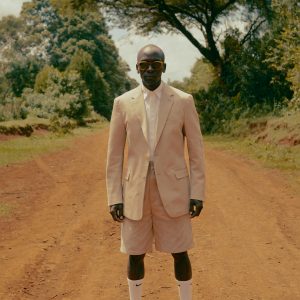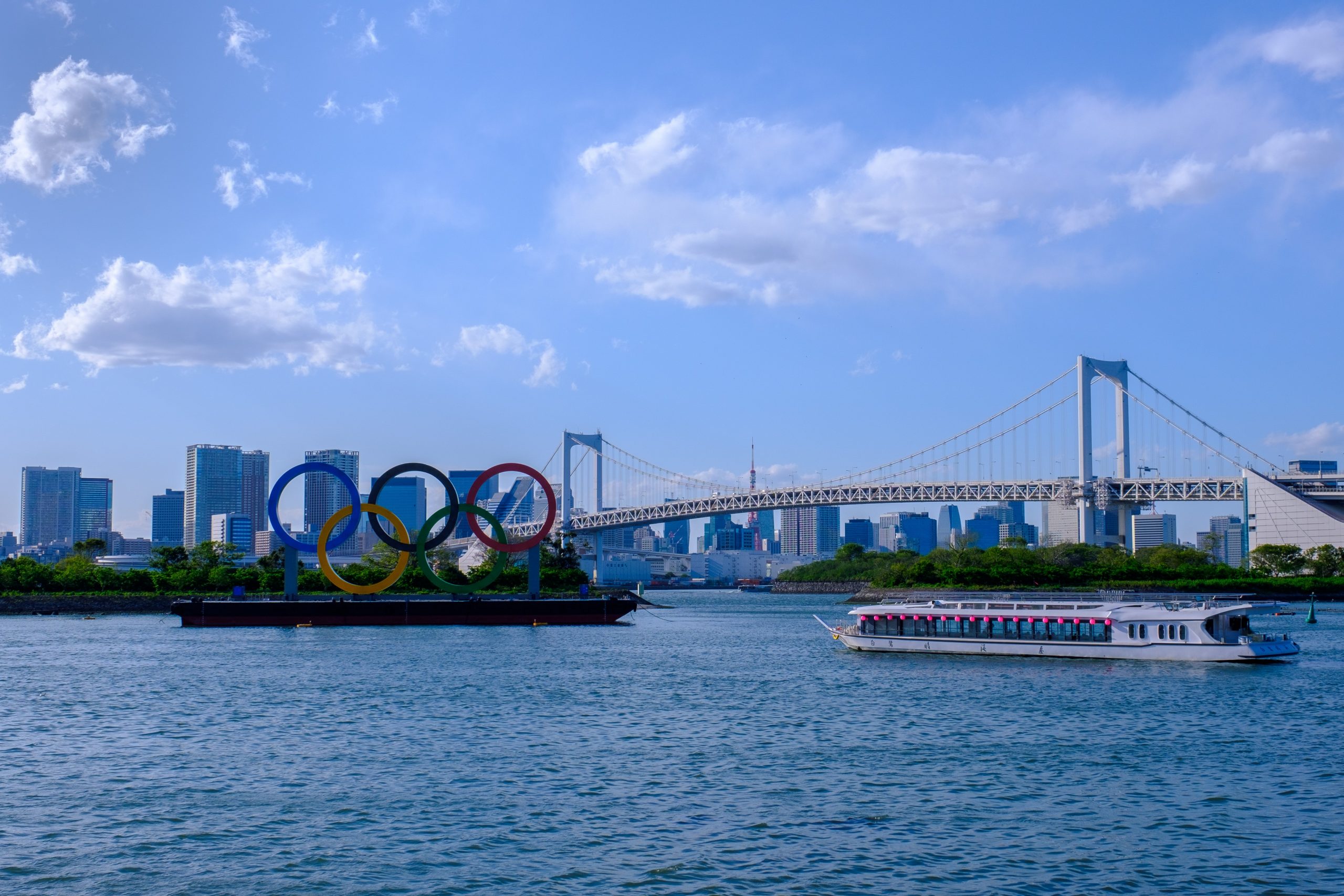Can I Do That?
My thoughts after watching the Tokyo Olympic Marathons
— Jared Ward —
I credit the Olympic Marathons with a huge surge in runners’ motivation, resulting in impressive Strava and Instagram posts over the past couple weeks. Certainly, my motivation was affected; I had trouble sleeping ahead of my Saturday long run after the adrenaline rush provided by watching Molly earn the bronze medal—and then I got out of bed with Clayton and ran a great, hilly, sub-2:30, 25-mile run. We talked about her race and the upcoming men’s race for much of the run.

Molly is a fantastic runner, from NCAA titles to taking the marathon by storm—but her bronze medal last Friday stands as a beacon of hope to runners like me. Molly is relatable (or was relatable—I see this beginning to change), when I saw her on the podium I thought, “maybe I can do that”. I don’t think I’m the only American marathoner to have these feelings.

With these thoughts hot on my mind, I watched the men’s race Saturday. No one is touching a game-ready Kipchoge, but I kept wondering where I could be in the race—had I been in the race—and executed it to my potential.
⠀
Am I a dreamer for thinking I could medal? Yes. But I think dreaming is undervalued. I use dreams and goals to get me out of bed excited in the morning. Achieving the goal or not is almost a moot point to me—a goal has served its purpose if it provides me with the motivation that pushes me to my limit.
⠀
A few stats comparing 2016 to 2020:
Race
Weather
Winning Time
3rd Place Time
Women's RIO
79 degrees mostly sunny 78% humidity
2:24:04 [serving doping ban]
2:24:30
Women's TOKYO
85 degrees mostly sunny 68%
2:27:20
2:27:46
Men's RIO
73 Degrees rainy 94% humidity
2:08:44
2:10:05
Men's Tokyo
82 Degrees cloudy 75% humidity
2:08:38
2:10:00








